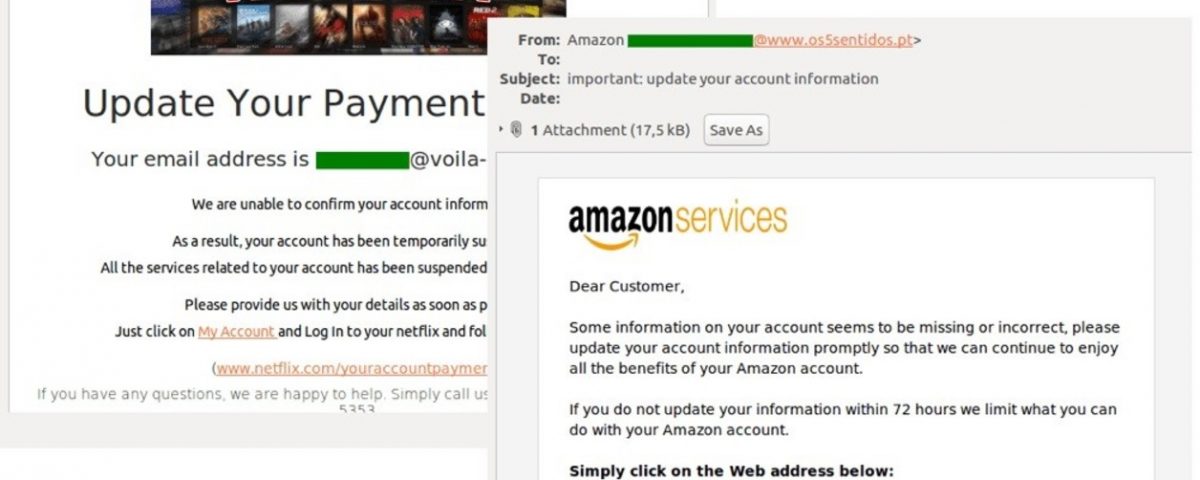Argentina is one of the countries that receives the most cyber attacks in the region

Minecraft suffers theft of sensitive user data.
14 June, 2019
Almost half of Argentine companies suffered cyber attacks in the last three years
14 June, 2019A leading cybersecurity company for organizations, governments and users, Symantec, published its usual Internet Security Threat Report (ISTR), which analyzes the situation of 157 countries and details the main findings on emerging trends in cybercrime, malicious code, cryptojacking, phishing and spam.
Within the regional context, Argentina ranks fourth for the second year in a row, being close to a podium made up of Brazil, Mexico and Venezuela. In terms of phishing and attack through the internet, it is in second place. But the threats do not end there, since in terms of spam and cryptojaking it ranks third, fourth in bots, and fifth in malware (computer virus), network attacks and ransomware.
Although for the second consecutive year it is in the top 20 of the world ranking of countries threatened by spam, the country's ability to repel this type of threat led it to occupy the nineteenth position in contrast to what happened in 2017, where it occupied the eighth place.
This well-known form of identity theft, called phishing, is a computer term that is characterized by trying to acquire confidential information in a fraudulent way, generally, through a link that arrives by email.
To get an idea of the degree of penetration of this threat, one in 1,448 Argentine users are involved in phishing cases. According to the report, hackers seek to attack especially manufacturing industries (1 in 1,227), while mining only receives 1 in 20,643. Small and medium enterprises (less than 250 employees) are more vulnerable (59.4%) than large companies (47.2%).
Although Argentina remains in the 5th place, in recent years increased the interest of hackers for ransomware attacks -also known as rogueware or scareware-, changing the target of consumer attacks on companies.
This form of computer crime, which restricts access to your system and requires the payment of a ransom to eliminate the restriction, had its moment of fame in 2017 with the WannaCry virus, the same that put Telefónica de España in check 300,000 machines in 150 countries.
Regarding the global threat landscape, the Symantec report unveiled a new and relevant actor in the cybersecurity threat environment: Formjacking.
Under this simple and lucrative mode, hackers upload malicious code on websites to steal credit card data from buyers, with more than 4,800 different websites compromised on average each month. Both large companies (Ticketmaster and British Airways) and small and medium companies were attacked, and it is estimated that tens of millions of dollars were delivered to these criminals last year.
From Symantec they claim that only 10 credit cards stolen from seemingly protected websites are needed to obtain a return of up to US $ 2.2 million per month, since each card gets up to US $ 45 on the black market. With more than 380,000 stolen credit cards, only the British Airways attack may have generated more than US $ 17 million in revenue to criminals.
With a 90% drop in the value of cryptocurrencies, the cryptojacking technique that involves the "mining" of this digital currency in a computer, tablet or cell phone, without the knowledge of the user, ceased to be one of the objects of greatest desire for hackers. However, it is still popular due to the vulnerability of the devices and the low cost involved.


